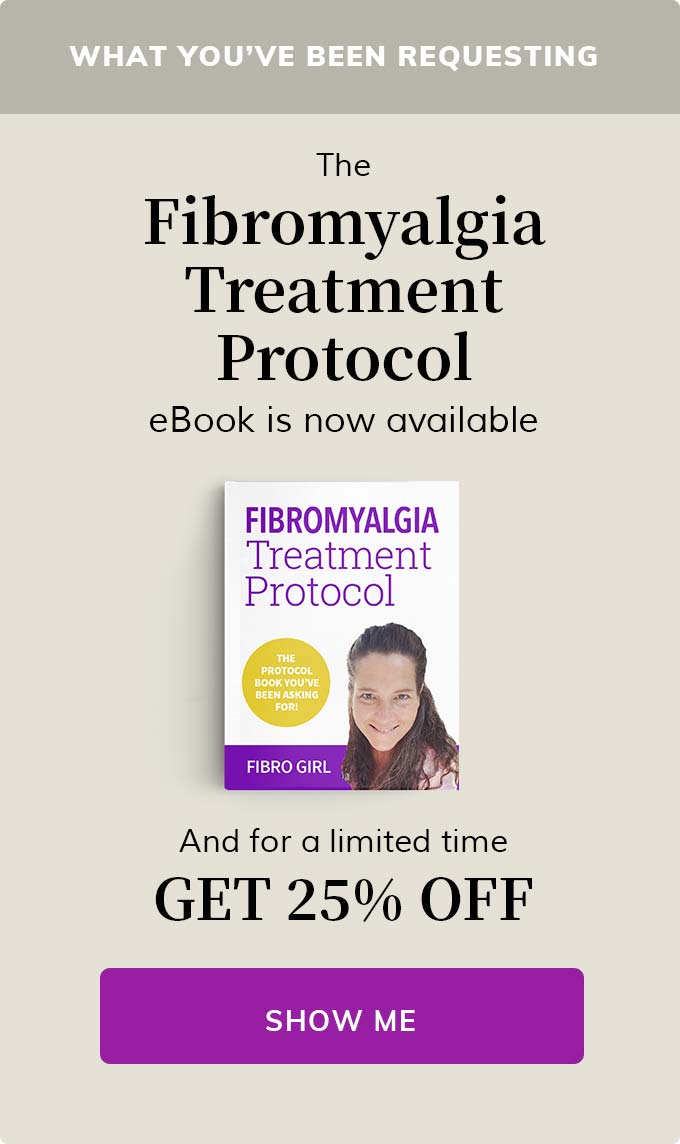Fibromyalgia and TMJ Pain Syndrome

Did you know that fibromyalgia and TMJ pain often go together? Unfortunately for many fibromyalgia patients, this is a painful reality.
Your jaw is one part of the body that you don’t think about much until it starts to hurt or malfunction. This vulnerable area of your body allows you to do so many daily activities that many people take for granted like eating, yawning, talking and drinking.
However, when you start to notice symptoms of pain, tightness, clicking, or soreness in the jaw, you may have trouble chewing, talking, finding a comfortable sleeping position or even just relaxing. You might also find yourself doing more grinding at night.
If you suffer from temporomandibular joint disorder, also known as TMJ, your jaw may cause agonizing pain as well as a list of other symptoms, including:
- Headaches
- Nausea
- Dizziness
- Earaches
- Difficulty chewing
- Difficulty opening/closing your mouth
The pain of TMJ can extend to all areas of your face, neck, and head as well. The muscles, ligaments, and nerves that keep your chompers chomping are also responsible for functioning and sensation to all connected body parts. This is why many fibromyalgia patients report tenderness and pain in areas beyond the jaw.
One area just below the jaw (into the front neck area) that can greatly correlate with fibromyalgia is the sternocleidomastoid (trigger point area) So it could happen that your TMJ symptoms exacerbate points in the surrounding areas leading to that radiating and referring pain you might feel.
Fibromyalgia and TMJ Pain – What’s the Connection?
It’s estimated that about 90% of people living with fibromyalgia experience some type of jaw or facial pain. However, that doesn’t mean that all of those will have TMJ.
Some people assume that you have to experience a complete jaw lock before you’re diagnosed with TMJ, but that isn’t the case. The presence of other related symptoms when all other potential causes have been ruled out is enough for the diagnosis in some cases.
TMJ and the associated facial/ jaw pain can be an extension of fibromyalgia when a diagnosis for fibromyalgia is already in place. Others will give a secondary diagnosis of TMJ. Whether you receive both diagnoses or not, the combination of these conditions is often debilitating.
When the pain stops you from sleeping comfortably, limits range of motion for your head, and affects proper chewing, this can affect your quality of life.
Treating TMJ & Fibromyalgia

A treatment plan for this condition is typically reactive to the symptoms experienced with fibromyalgia and TMJ pain. There are some general treatment options that help combat inflammation and pain in general, and then specific treatments are added as symptoms arise for each individual patient. I would recommend natural anti-inflammatories and stress relief as a first option.
There are some additional treatments that you may help relieve symptoms of TMJ:
- Gentle massage for neck and facial pain
- Mouth guards
- Jaw stretches & exercises
- Heat and ice therapy
- Botox in the jaw muscles
There are also some surgeries that are occasionally used to correct severe TMJ, but that isn’t often an option for general jaw and facial pain experienced by many fibromyalgia patients. The treatments listed above are focused on relieving the pain so that the sufferer can comfortably enjoy daily life. This is the case with most fibromyalgia symptoms.
You
may want to talk to your dentist if you experience TMJ symptoms. In
some cases, missing teeth and other dental problems can cause these
problems. Correcting the dental issue may cure the TMJ syndrome. You
might benefit from a customized night guard.
In my case, I
found that the materials used for the night guard itself can make a
difference. For instance, my first night guard was made of a softer
material that felt more comfortable in my mouth. The only problem was
that this material was not as durable, so after a few years, I needed a
new one made. My newest one was made of a harder material and it has
been somewhat harder to get used to.
We also want to be
sure we are addressing all of the stressors in our lives that could
exacerbate this pain in the jaw. If you tend to hold stress in your jaw,
neck or shoulders, it will likely continue and even worsen. Deep
breathing and facial /jaw relaxation exercises can be very beneficial when done
consistently.
Common foods that can exacerbate jaw pain
There are some foods that have been trending in the recent years that are not so good for your jaw and teeth. Some of these foods include roasted nut bars, as ONE example, that can affect the integrity of tooth enamel while also exacerbating TMJ pain in the jaw area.
Please be careful of any nut bars that contain various kinds of sugar syrups, rice, corn, etc. These combined with roasted nuts can cause more sensitive teeth to break or affect the integrity of your enamel over time. They are also very hard on a sensitive jaw.
Visit our juicing and blending article page at anytime for some great suggestions because this can also be one way to give your teeth and jaw a needed break from chewing. Maybe you are going through some extended dental work and need some options for easy chewing and optimal digestion.
Dental appointments and TMJ pain
Even a dental cleaning can exacerbate TMJ pain. Having your mouth open for a cleaning or other dental procedure can activate trigger points in the jaw area. If relaxation techniques are not quite enough, some people may need to take a muscle relaxant before dental appointments if approved by a doctor and attending dentist.
Another suggestion I use is moving the neck pillow down or removing it all together on the dental chair. We want to be sure our entire head, neck, and jaw are as comfortable as possible while in the dental chair. (I actually move the small pillow from behind my neck to under my lower back, that really helps!!)
Bring your own cervical pillow if necessary and let your dentist or dental assistant know if you need to take breaks. The point is to avoid activating trigger points later even if you don't feel them in the moment.
Articles Related to Fibromyalgia and TMJ Pain:
Before you leave, my sitemap can provide you with a "God's-eye" view of this website laid out in "outline format".
Stay connected by joining our unique Email here at Fibro Repair Email
Home > Fibromyalgia Symptoms > Fibromyalgia and TMJ Pain Syndrome
Didn't find what you were looking for? Search for it:
living-smarter-with-fibromyalgia.com
©2013-2024 All Rights Reserved
FibroFitPeople, LLC ;©2024 All Rights Reserved









